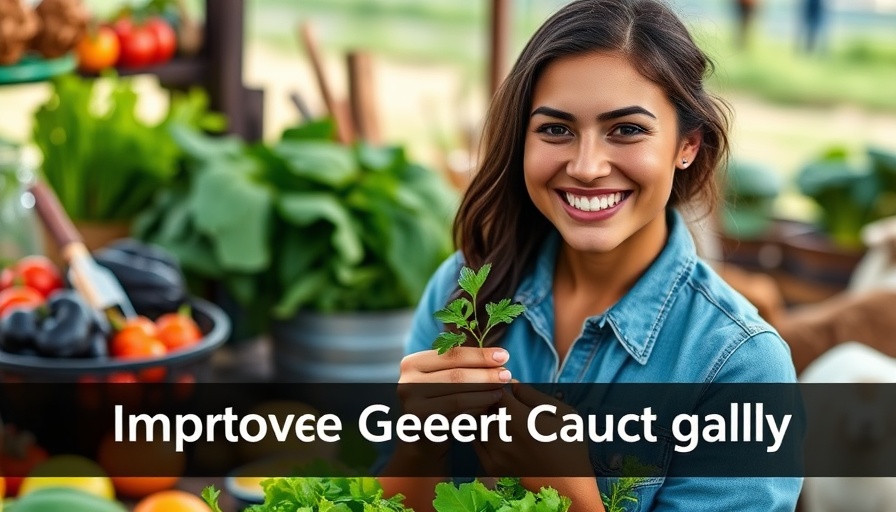
Enhancing Boer Goat Meat Quality: A Guide for Farmers
If you're a farmer or a family looking to enjoy high-quality meat, especially from Boer goats, you're in luck! Boer goats are known for their exceptional meat quality, and there are several strategies to enhance the tenderness and flavor of their meat. Let's explore some important steps you can take.
In 'How To Improve Boer Goat Meat Quality? - The World of Agriculture', the discussion dives into essential techniques for enhancing meat quality, exploring key insights that sparked deeper analysis on our end.
Understanding the Role of Genetics and Age
One of the first steps to improving Boer goat meat quality is to focus on genetics and the age of the animals. Selecting young goats, ideally between 6 to 9 months old, is crucial. Younger goats tend to have more tender meat and better color stability. Older goats might produce tougher meat, which isn't desirable for your consumers.
The Importance of Nutrition
Another vital aspect is nutrition. Providing a well-balanced diet leading up to slaughter helps to ensure that the goats have enough muscle glycogen. Glycogen plays a significant role in maintaining tenderness and color in meat. Minimize stress leading up to slaughter; stress can deplete glycogen levels and result in less desirable meat texture.
Post-Slaughter Handling Techniques
Controlling the muscle pH and carcass temperature directly after slaughter is crucial. Implementing methods such as delayed chilling can help prevent cold shortening, which makes the meat tough. If you're working in a larger facility, consider using electrical stimulation to enhance tenderness by accelerating pH decline.
Enhancing Flavor and Tenderness Through Aging
Aging the meat in a controlled refrigeration setting for several days can also greatly improve quality. Natural enzymes in the meat work to break down muscle fibers during this aging process, providing a more flavorful and tender eating experience.
Cooking Methods That Matter
Lastly, don’t forget about the cooking methods! Different cuts of meat benefit from different cooking techniques. For example, tougher cuts do well with slow cooking, like stewing, while tender cuts are better suited for quick grilling. Cooking at a moderate temperature helps retain moisture, enhancing tenderness and flavor.
By following these simple yet effective steps, Boer goat producers can significantly elevate the quality of their meat. Whether for personal consumption or for sale, these approaches will ensure that your Boer goat meat is tender, flavorful, and appealing. Embracing sustainable practices not only benefits your own health but also contributes to the environmental well-being of our planet.
 Add Row
Add Row  Add
Add 




Write A Comment